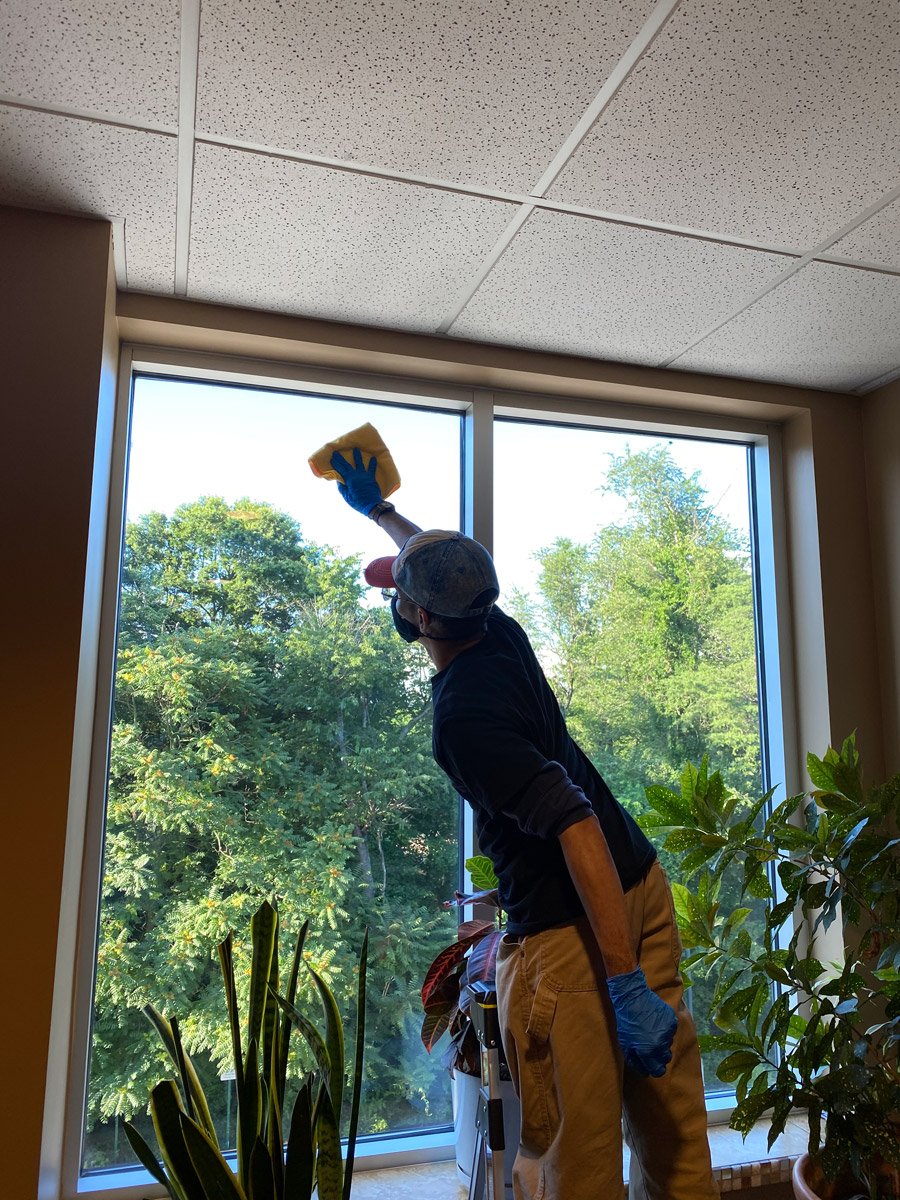
When it comes to critical environment cleaning services, there are several hidden secrets that not many people are aware of. These specialized cleaning services are essential for maintaining clean and safe environments in critical areas such as hospitals, laboratories, data centers, and pharmaceutical facilities. In this article, we will unveil some of these secrets and discuss why these services are crucial.
The Importance of Critical Environment Cleaning Services
Critical environments require a higher level of cleanliness and sanitation due to their sensitive nature. For example, in a hospital, maintaining a clean environment is crucial to prevent the spread of infections and diseases. Similarly, in a data center, dust and contaminants can damage sensitive equipment and cause system failures.
Critical environment cleaning services utilize advanced cleaning techniques and specialized equipment to ensure the highest level of cleanliness. These services are carried out by trained professionals who have a deep understanding of the specific requirements and challenges involved in cleaning critical environments.
The Secrets Behind Critical Environment Cleaning Services
1. Adherence to Strict Protocols: Critical environment cleaning services follow strict protocols to ensure that every cleaning task is carried out efficiently and effectively. This includes following industry standards and guidelines, using appropriate cleaning agents, and maintaining meticulous records of cleaning activities.
2. Use of Specialized Equipment: The right cleaning of critical environments requires the use of specialized equipment that is designed to minimize contamination and ensure thorough cleaning. This includes high-efficiency particulate air (HEPA) vacuum cleaners, microfiber cleaning tools, and electrostatic disinfection systems. These tools help in removing microscopic particles and maintaining a hygienic environment.
3. Training and Certification: Professionals in critical environment cleaning services undergo rigorous training and certification programs to acquire the necessary skills and knowledge. They are trained in cleaning techniques, safety protocols, and proper handling of cleaning agents. This ensures that they can effectively address the unique challenges of cleaning critical environments.
4. Regular Audits and Inspections: Critical environment cleaning services are subject to regular audits and inspections to ensure compliance with industry standards and regulations. These audits help in identifying any areas that require improvement and ensure that the cleaning services are up to the mark.
The Benefits of Critical Environment Cleaning Services
Engaging professional critical environment cleaning services offers several benefits:
1. Improved Safety: Proper cleaning of critical environments reduces the risk of infections, accidents, and system failures. This helps in creating a safer environment for both employees and occupants.
2. Enhanced Productivity: A clean and well-maintained critical environment promotes better productivity and efficiency. It creates a positive work environment and minimizes disruptions caused by equipment malfunctions or health issues.
3. Compliance with Regulations: Critical environments are often subject to specific regulations and standards. By engaging professional cleaning services, organizations can ensure compliance and avoid penalties or legal issues.
4. Long-Term Cost Savings: Regular cleaning and maintenance of critical environments help in preventing equipment breakdowns and prolonging their lifespan. This leads to significant cost savings in the long run by avoiding expensive repairs or replacements.
In conclusion, critical environment cleaning services play a vital role in maintaining clean and safe environments in areas that require a higher level of cleanliness. The secrets behind these services lie in the adherence to strict protocols, use of specialized equipment, training and certification of professionals, and regular audits and inspections. By engaging these services, organizations can enjoy improved safety, enhanced productivity, compliance with regulations, and long-term cost savings.
